Warli is one of the oldest forms of tribal art in India. This ethnographic art form was created by Warli tribes who are indigenous to the northern part of the Western Ghats mountain range, adjoining the border of Maharashtra and Gujarat. The Warli people use this art form to depict their daily life, rituals, ceremonies, and traditions.
The art is a painting style that uses triangles, circles, and squares to express a theme. The paintings were often painted inside huts where walls were plastered with earth and cow dung. The white paint is created by rice water and rice paste, bound by a natural gum.
This particular design is a recently created piece depicting the infamous story of the churning of the ocean of milk, known as the “Samudra Manthan,” Lord Shiva’s selfless act of consuming the subsequent Halāhala poison, and the origin of Āyurvedic medicine.
The Devas (celestial beings) and Asuras (demons) once decided to join forces to churn the ocean of milk, which was believed to contain the elixir of immortality, known as amrita.
Mount Mandara was placed into the ocean to be used as the churning rod and the serpent Vāsuki volunteered to serve as the churning rope. The Devas held Vāsuki’s tail and the Asuras held his head. As they churned, the mountain began to sink into the ocean. Lord Vishnu took the form of a turtle, Kurma, to stabilize the mountain by placing it on his back. The Devas and Asuras continued to churn the ocean with the goal of obtaining the precious amrita.
However, a deadly poison known as Halāhala surfaced, threatening to engulf the cosmos in destruction.
Witnessing the emergence of the Halāhala poison, a perilous threat to all of creation, Lord Shiva stepped forward as the cosmic savior. In a display of unparalleled sacrifice, Shiva volunteered to consume the poison to prevent its devastating effects. His consort Goddess Parvati placed her hand on Shiva’s throat in order to prevent the poison from spreading to his body. Holding the poison in his throat, turned his neck blue, earning him the epithet “Neelakantha,” the blue-throated one.
This act of selflessness by Shiva not only averted a cosmic catastrophe but also exemplified the importance of acts that support greater good.
As the churning continued, various celestial beings and objects emerged from the ocean. These included the wish-fulfilling cow Kamadhenu, the celestial elephant Airavata, the nymphs known as Apsaras, and the goddess Lakshmi.
Dhanvantari, the divine physician, finally appeared carrying a pot of amrita, symbolizing the origin of Āyurvedic medicine.
The demons, being envious, attempted to take the amrita for themselves. However, Lord Vishnu, in the form of Mohini, a beautiful enchantress, distracted the demons and ensured that the Devas received the nectar. The Devas became immortal, while the demons were left with their original mortality.
All Indian myths have many layers of meaning and ways they can be interpreted. The churning of the ocean of milk is a metaphorical tale representing the eternal struggle between light and dark. In life, we are churned through different challenges and obstacles that we face. What feels like poison (viśa) or difficulty can transform into wisdom or nectar (amrita). On a personal level this could be the churning of our consciousness by our higher and lower selves. It may be the balance between our material and spiritual lives. This could also be reflected in our ability to prevent the selfish parts of ourselves from leading the way, rather choosing what is skillful and in the highest good, while holding on to the feet of the divine.

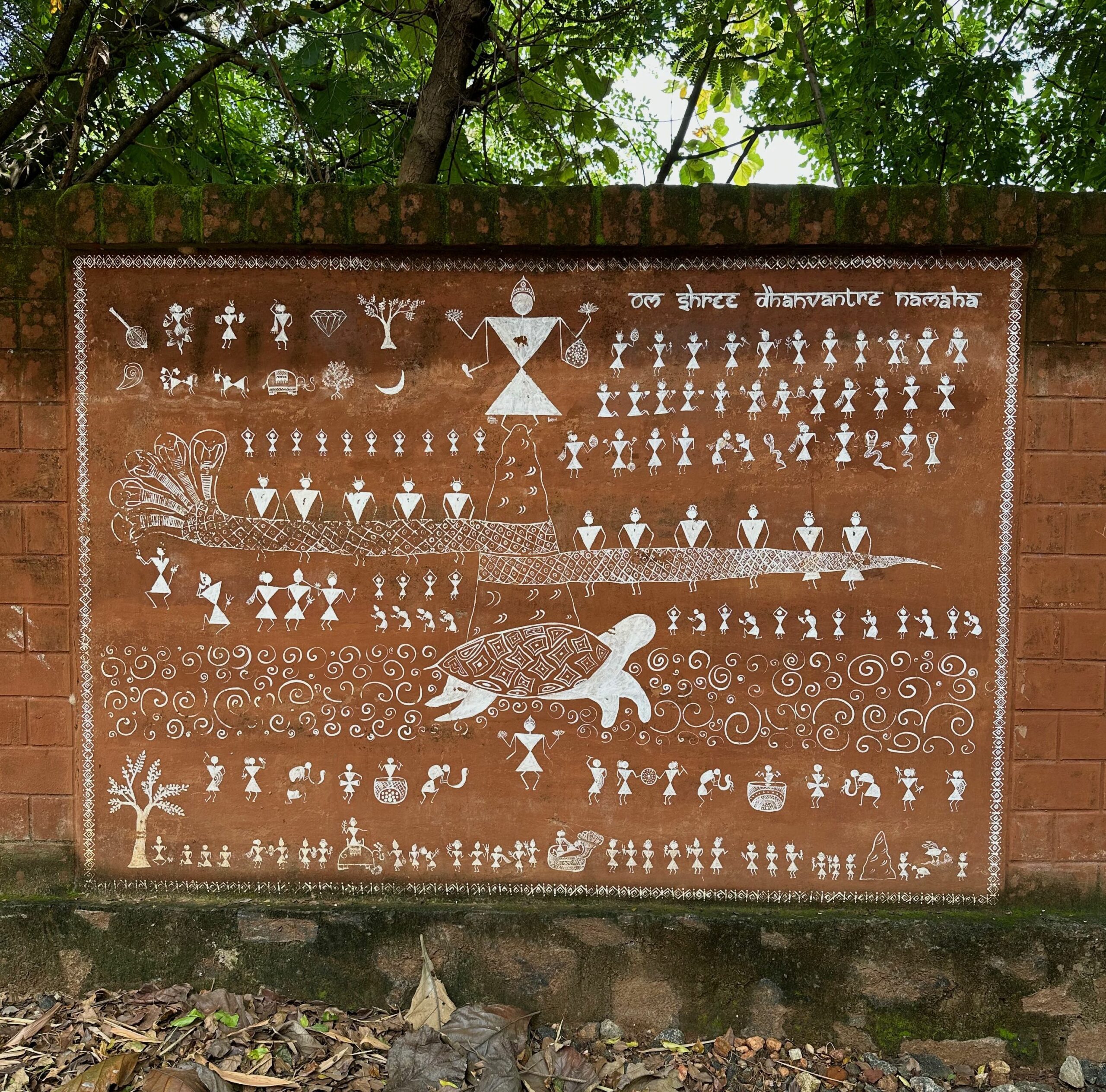
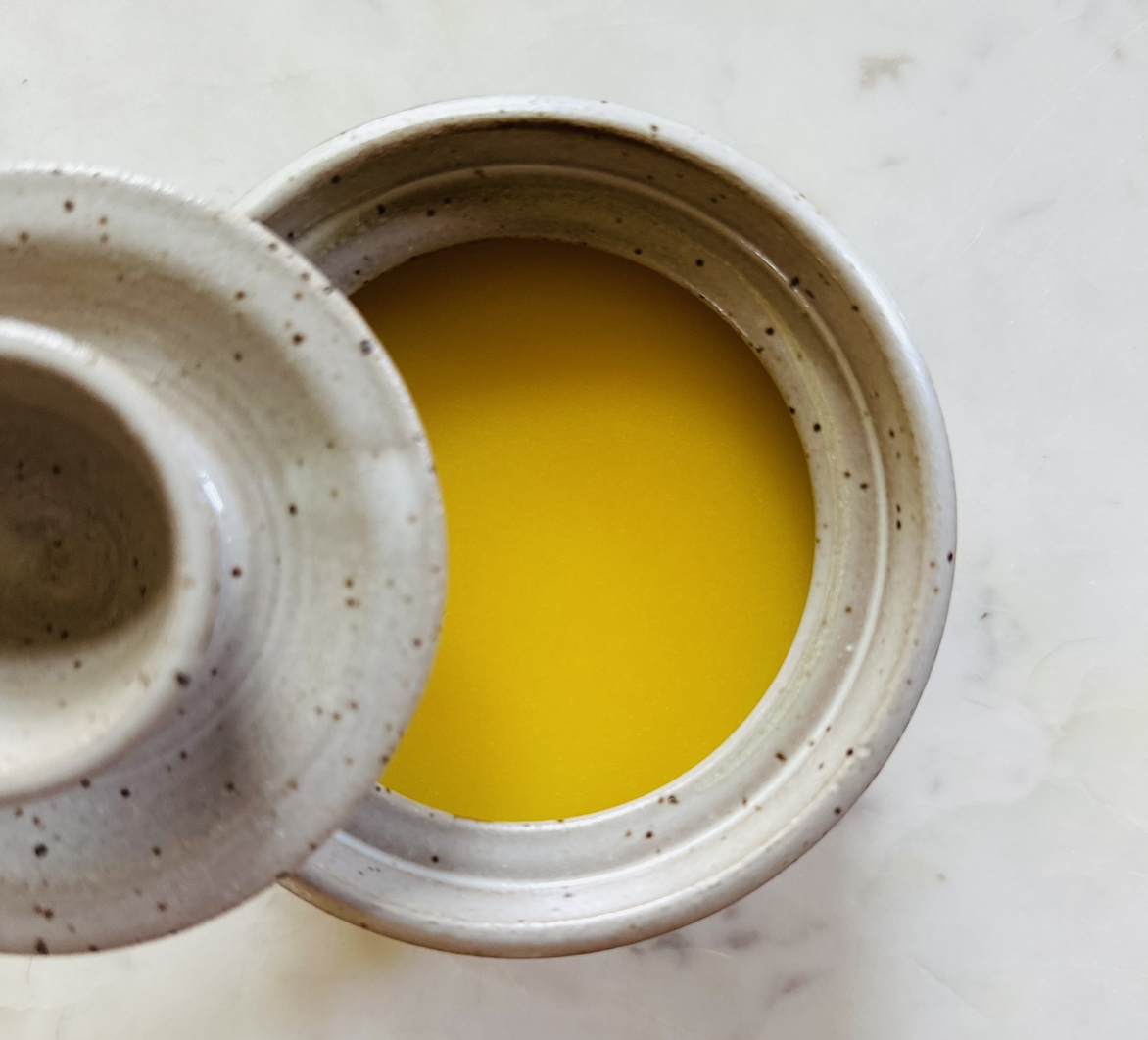


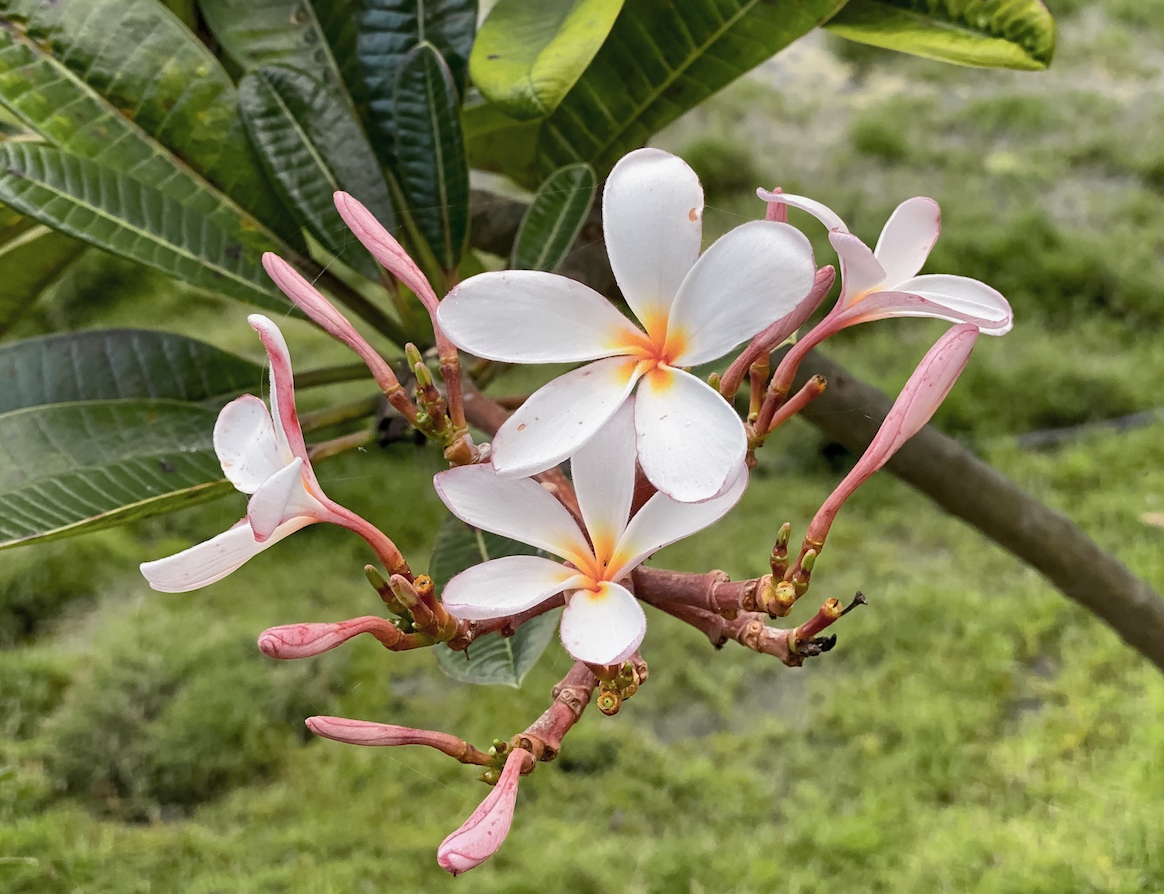
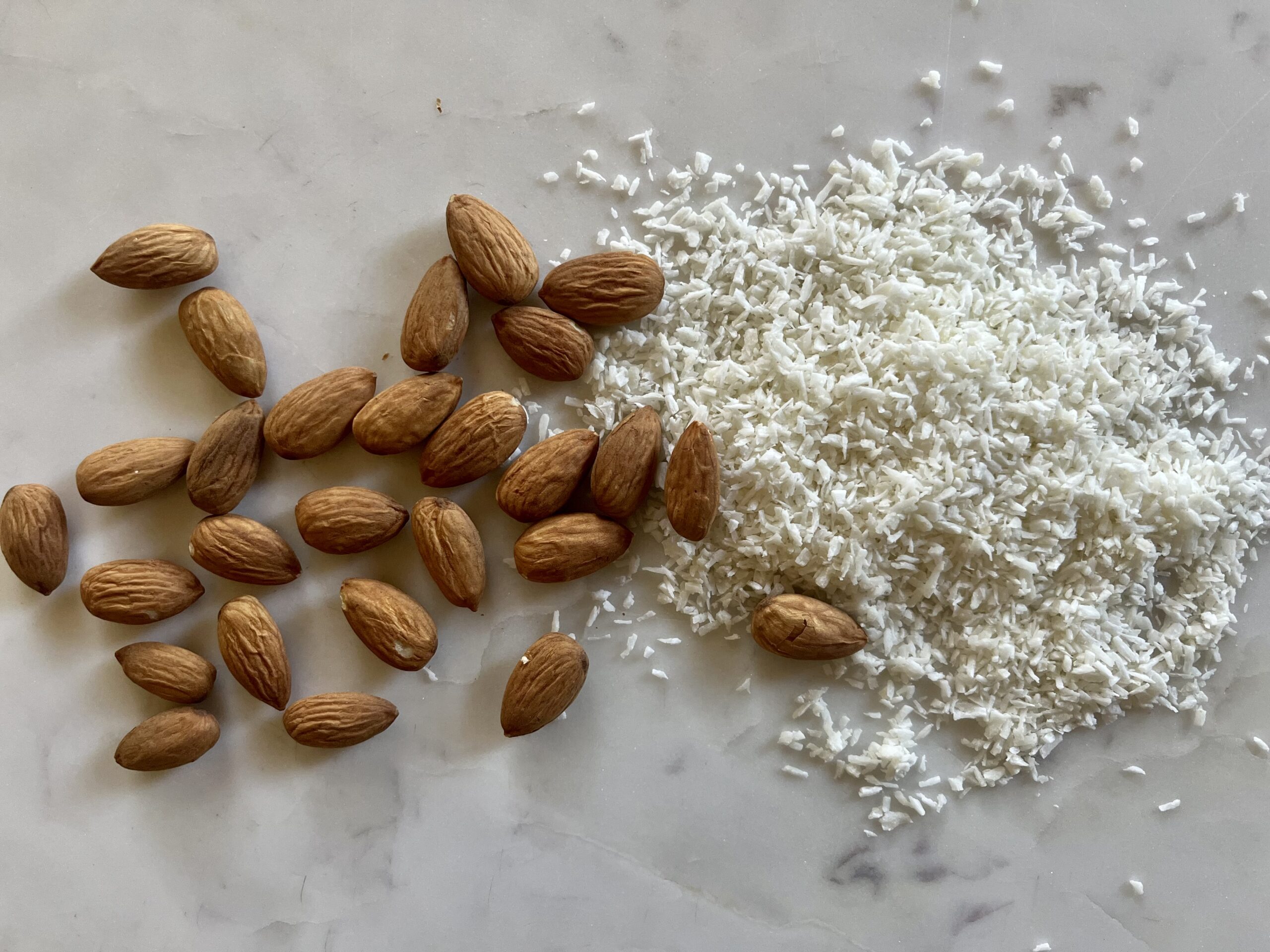
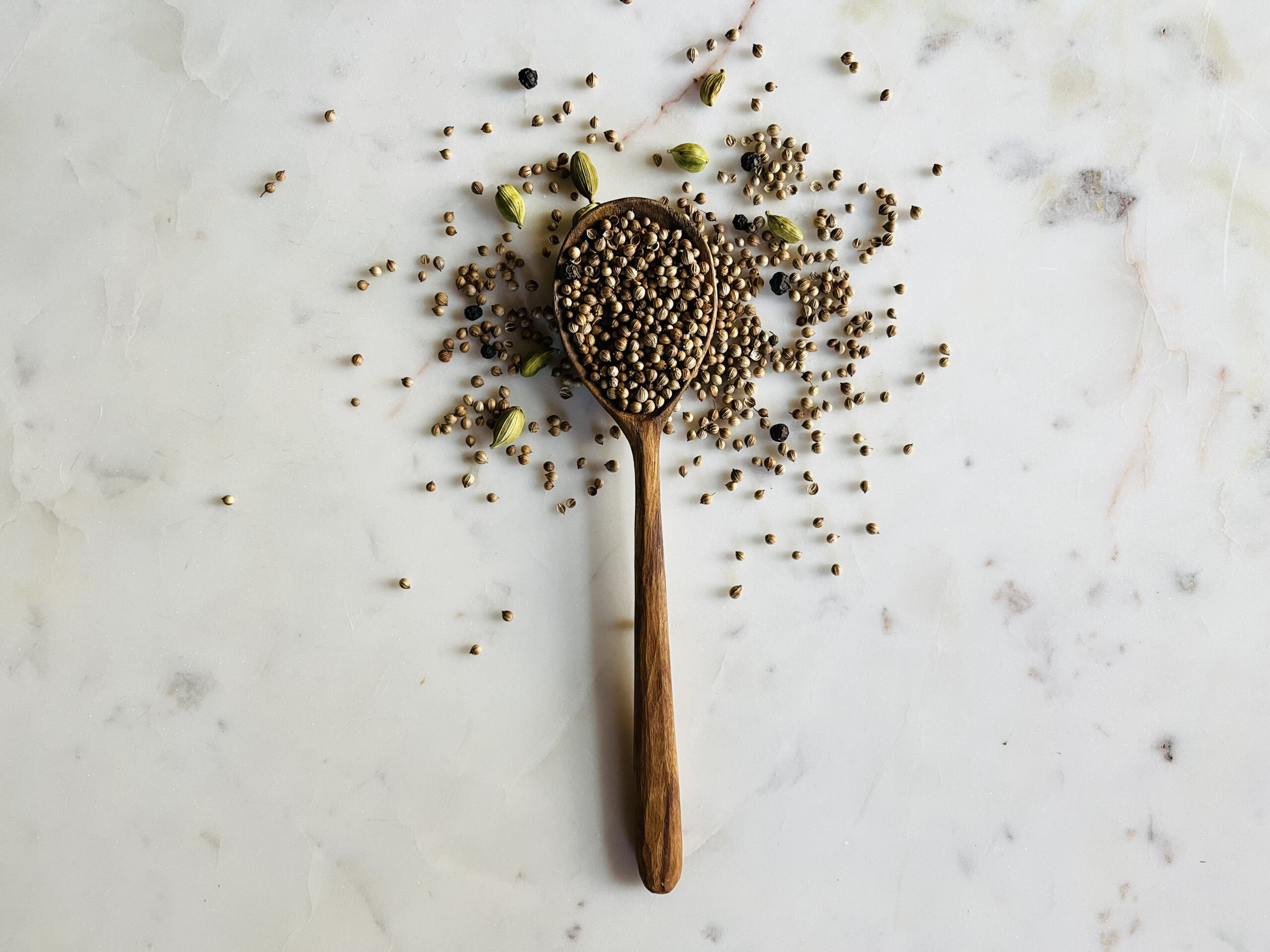

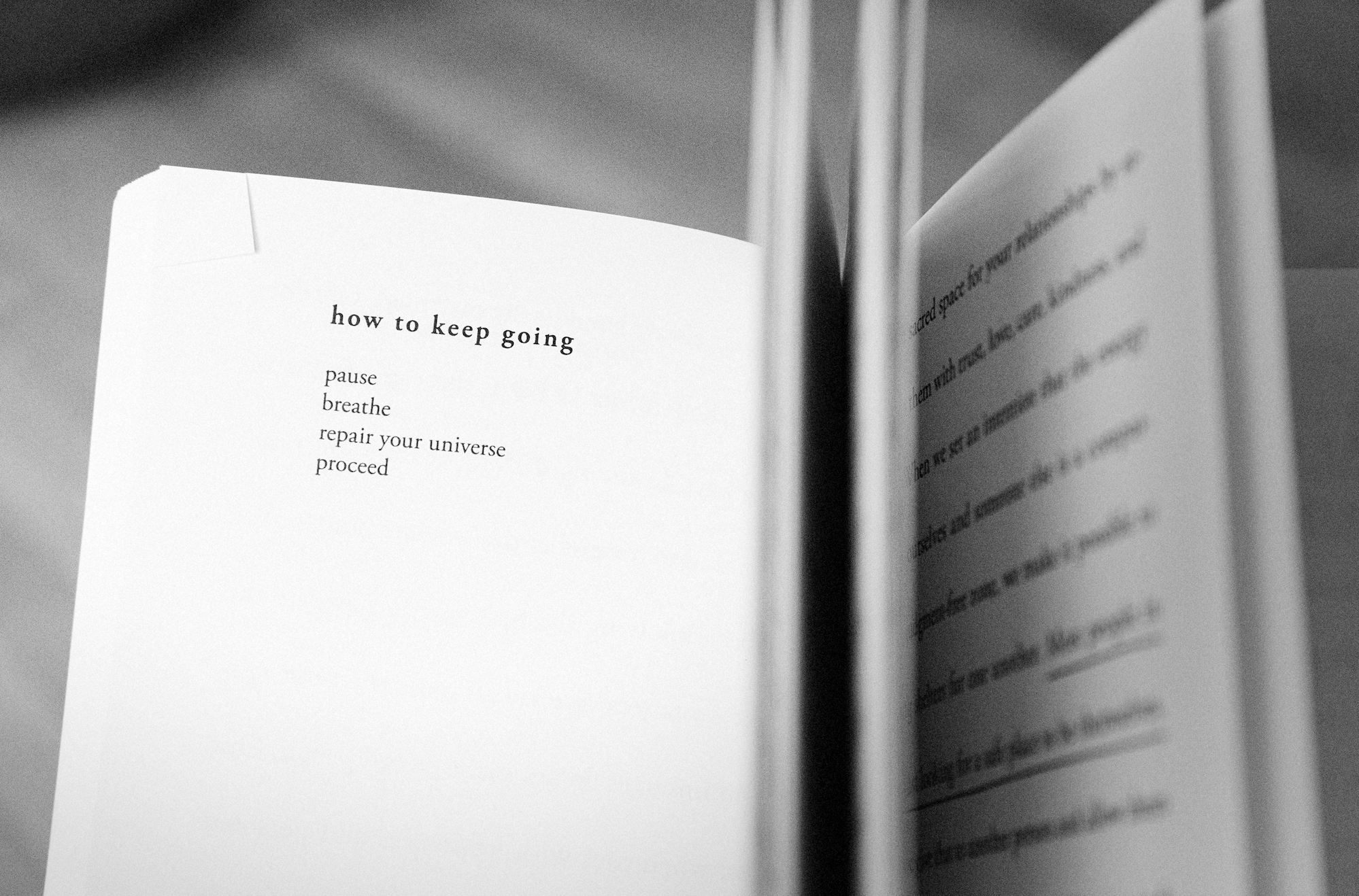
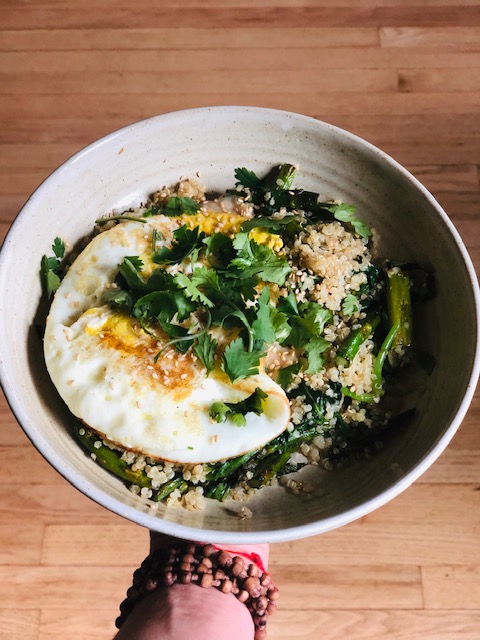
Share
Tweet
Email
Comment